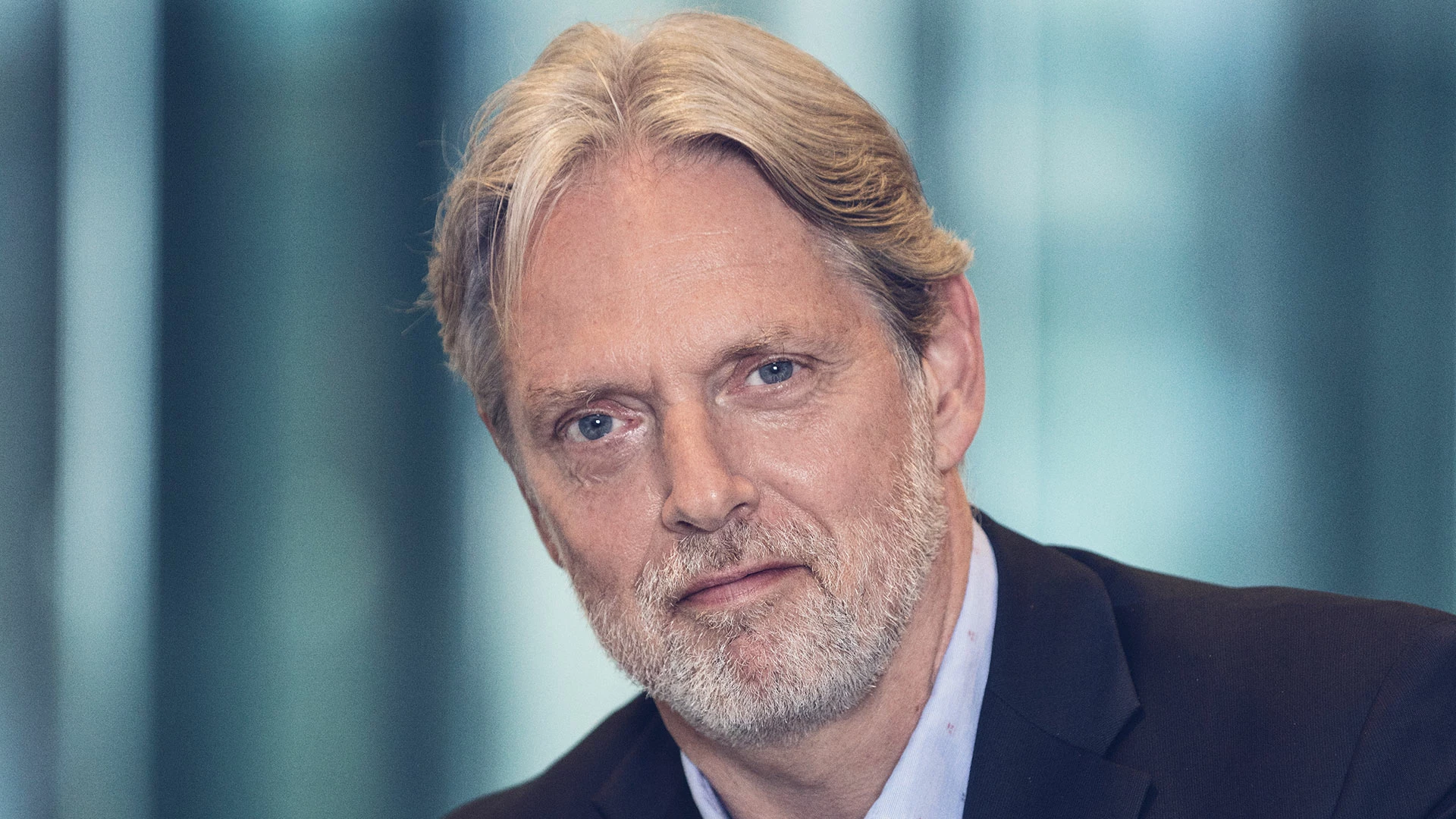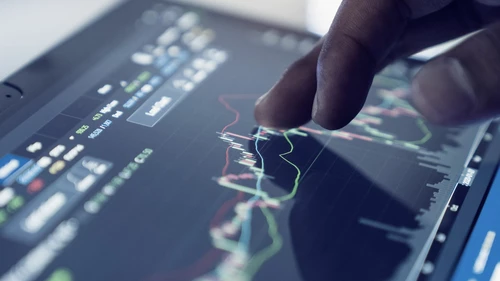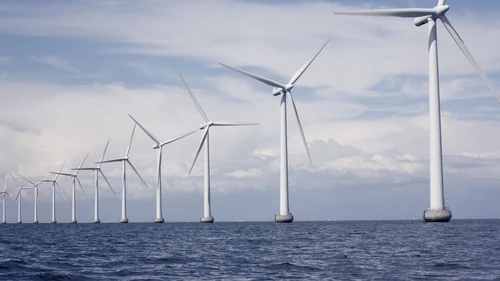Nordea’s economists expect a growth boom in the economy as vaccines are rolled out, the pandemic loses its grip and societies start to reopen
“We expect to see a degree of herd immunity where restrictions can be lifted and hotels, restaurants and traveling – all the service activities we’ve lived without for the past year – can resume,” says Nordea Group chief economist Helge J. Pedersen.
“That reboot will deliver solid growth over the next year, given that we come from very low levels due to the pandemic,” he adds.
Pedersen notes that the manufacturing sector, not hit by lockdowns, has continued to thrive over the past year. Expansionary economic policy has helped keep households’ purchasing power stable, supporting the demand for goods, and, in turn, manufacturing. Business confidence is also on the rise, which will drive investment activity, and further boost the manufacturing sector.
With the service sector also reopening, there is good reason for optimism, says Pedersen:
“We expect the world economy to be back at its pre-Covid-19 level in terms of economic activity by the end of this year, and the strong momentum we see now will continue into next year.”
An inflation comeback?
Expectations of a rapid recovery have even sparked concerns about inflation and rising interest rates – concerns Pedersen says are, to some extent, justified. Inflation is now surging, not least in the US, but that is largely due to so-called “base effects,” such as higher commodity prices and transport costs, Pedersen says.
“The big question is whether these price increases from the input side are temporary due to bottlenecks in the value chain or will turn out to be more permanent. I tend to see them as a temporary phenomenon,” he adds.
He does note that economic policy remains very lenient, particularly in the US, where the Biden administration managed to get a massive recovery package worth almost 10% of GDP through Congress and has proposed new major multi-year investment and family plans, which could further spur economic activity.
“We could see that inflation in the US could stay more persistently above 2%. If so, we would definitely see a reaction from the Federal Reserve, which is known to be a relatively active central bank,” Pedersen says.
He notes that the faster and sharper growth of the US economy, compared to the Euro area, could cause the interest rate differential to widen in favour of the US, which could have implications for the FX market, leading to a stronger US dollar versus the Euro.
However, he also notes that one consequence of the US’s highly expansionary fiscal policy is a sharp increase in the country’s debt-to-GDP ratio, which could have negative consequences in the long run for the US economy.



